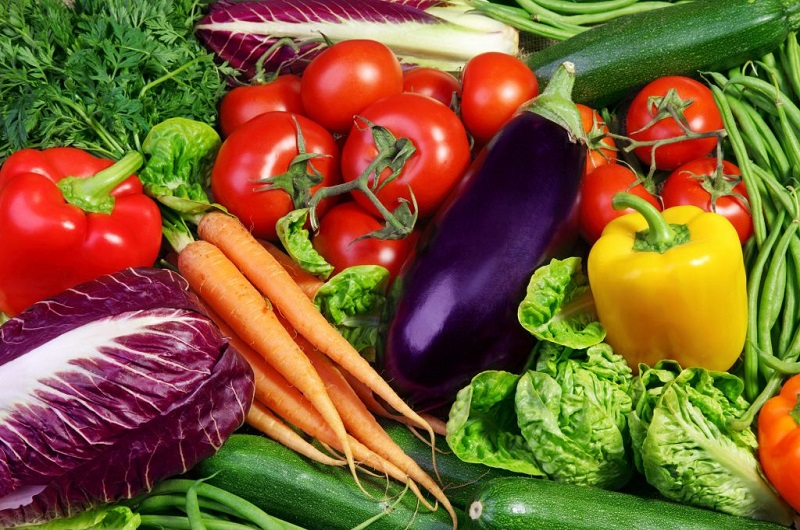Handling Perishable Cargo
Perishable cargo can be defined as goods that will deteriorate over a given period of time or if exposed to adverse temperature, humidity or other environmental conditions. Foodstuffs, plant materials, hatching of the IATA Live Animals Regulations be applied. GIL offers perishable cargo handling services. There are many characteristics of air cargo which make eggs and medical supplies are typical examples of perishable goods carried regularly as air cargo.
In some cases, the term “perishable cargo” will cover shipments which are also classified as “live animals” – typical examples are eels, lobsters, crabs, shrimp, fish. It is essential that for these shipments, the provisions it the preferred means of transportations for perishable goods. The speed, reliability, cost effectiveness and controlled conditions of carriage by air provide the ideal method for exporters and importers of perishable commodities to service existing markets and develop new ones. But the special nature of perishable cargo calls for specials attentions to be paid to packaging, handling and other aspects of the transportation process.

Dairy products and eggs. Dairy products are those commodities, which are derived from or based upon milk, and include creams, yoghurts, butter, cheese and ice cream Meat and poultry, Seafood, Cooked foods and leftovers, Fruit and vegetables, these are examples of handling perishable cargo.
What is New?
In the new edition, there are a number of notable changes. Here are a few of the most significant changes:
Perishable goods such as fruits, flowers, and vegetables carried by air deteriorate over time and under extreme temperatures and humidity, and must thus be handled with particular care. With years of operating experience, airlines have developed effective handling techniques for chilled and frozen products, providing shippers with optimum, cost-efficient packaging methods.
- Emphasis on risk management in perishables handling in the different areas of the supply chain, while defining the associated processes.